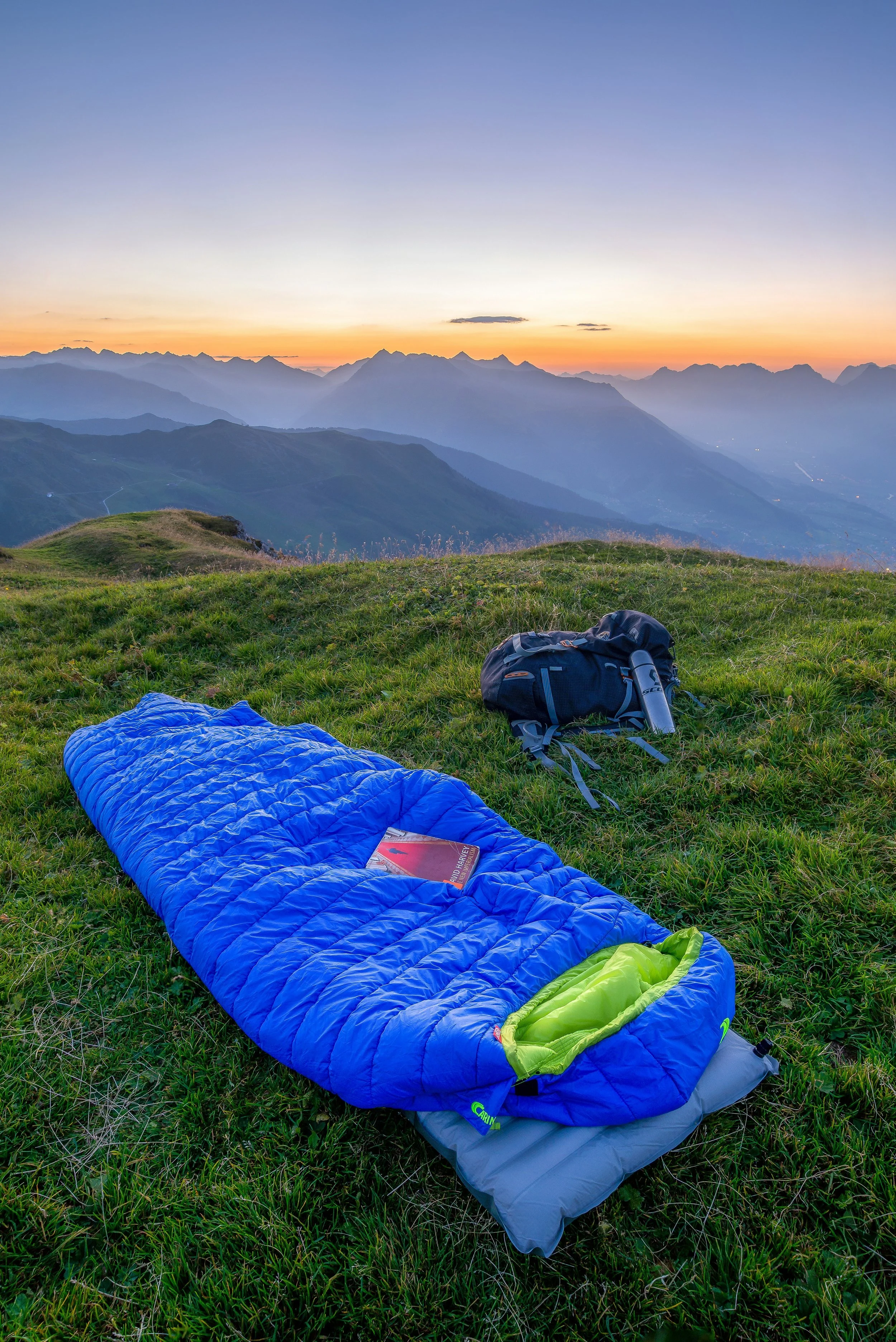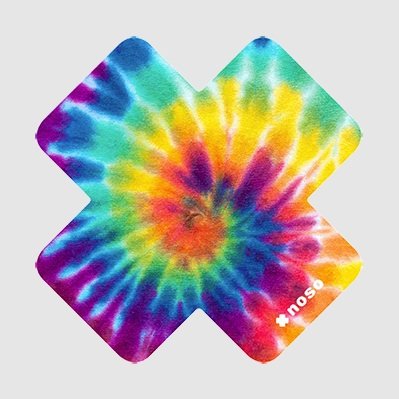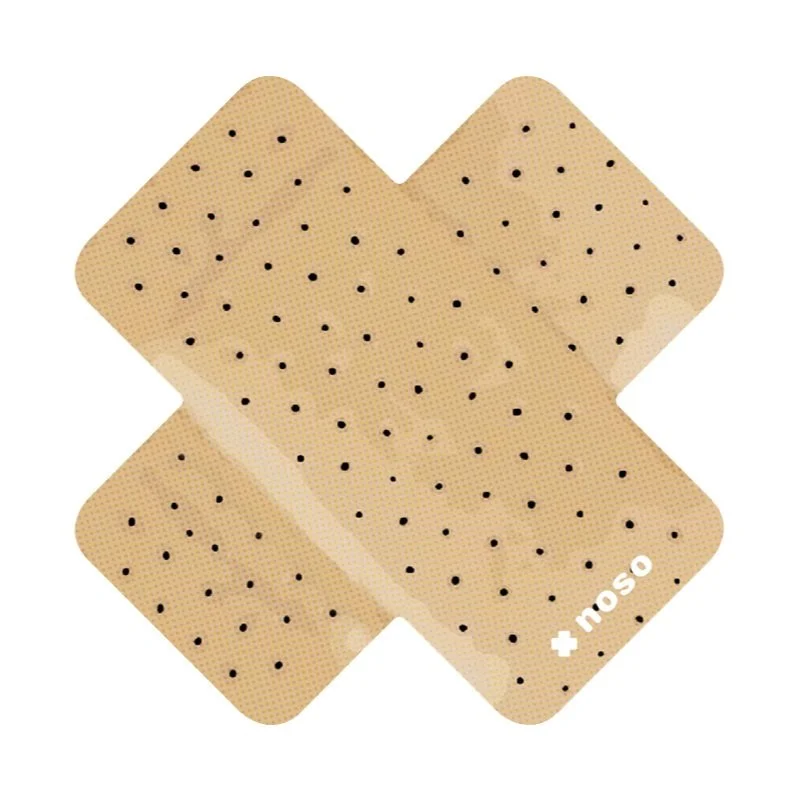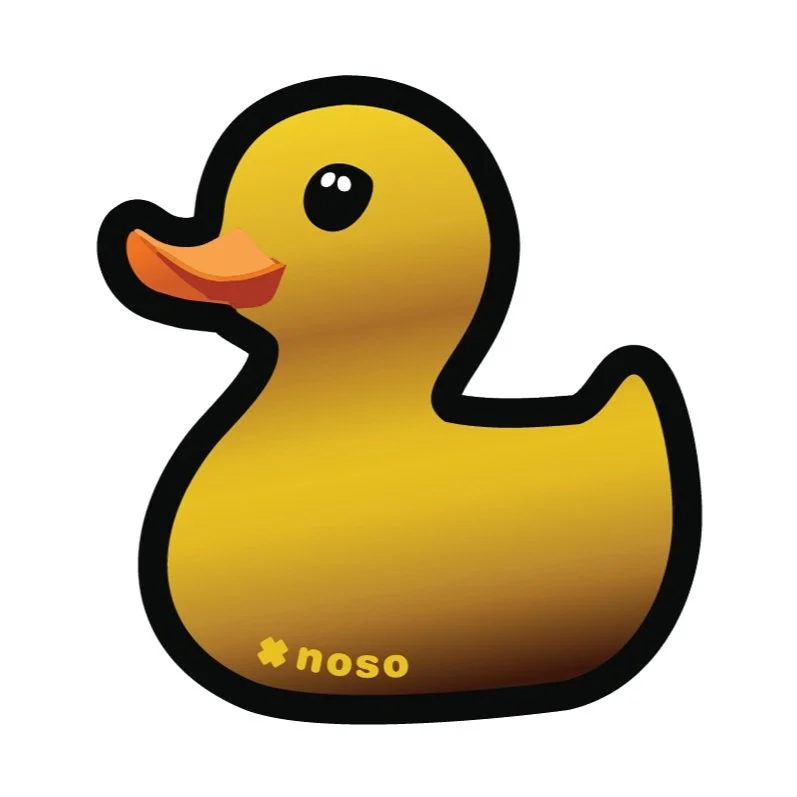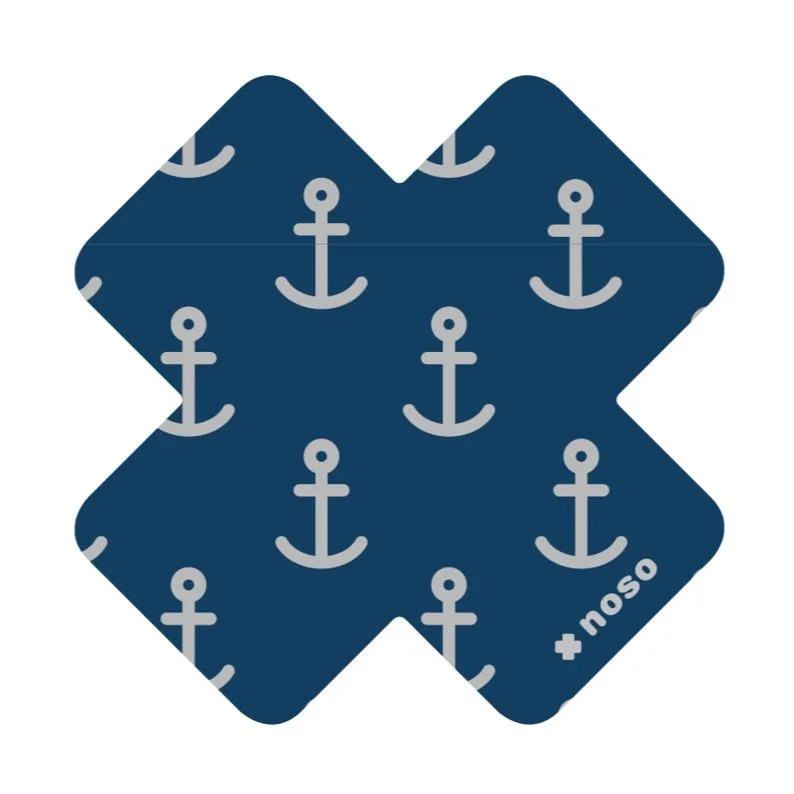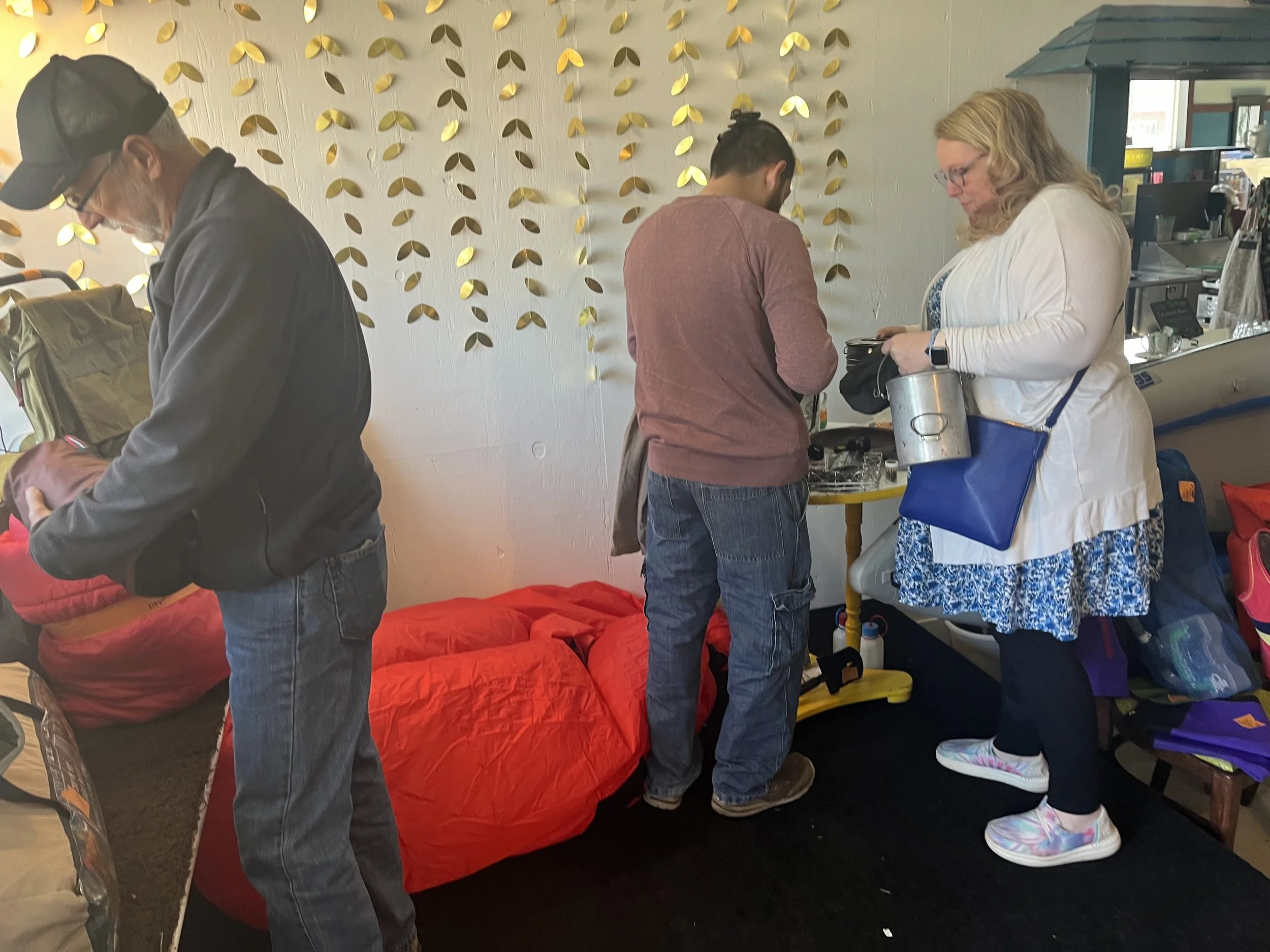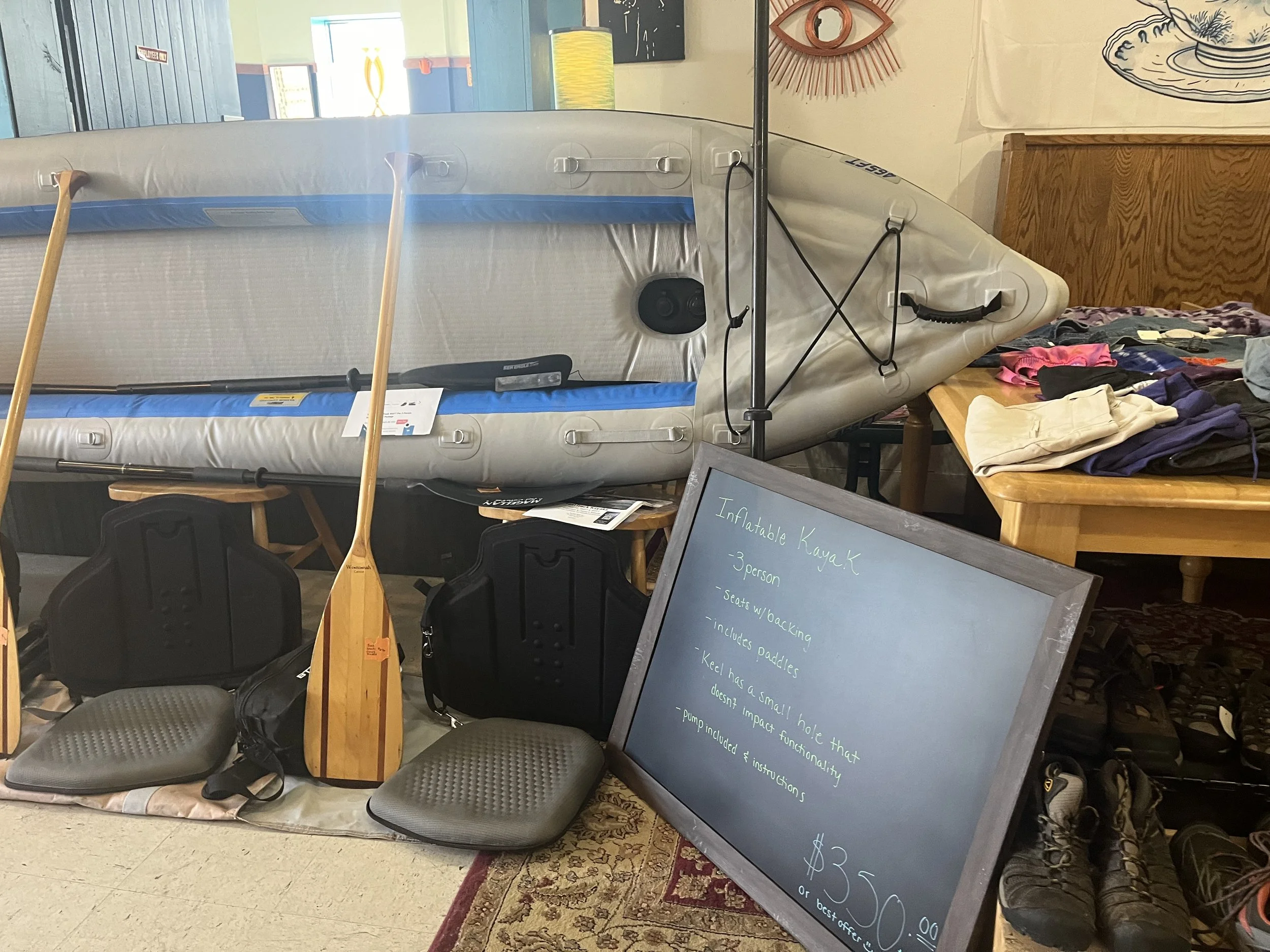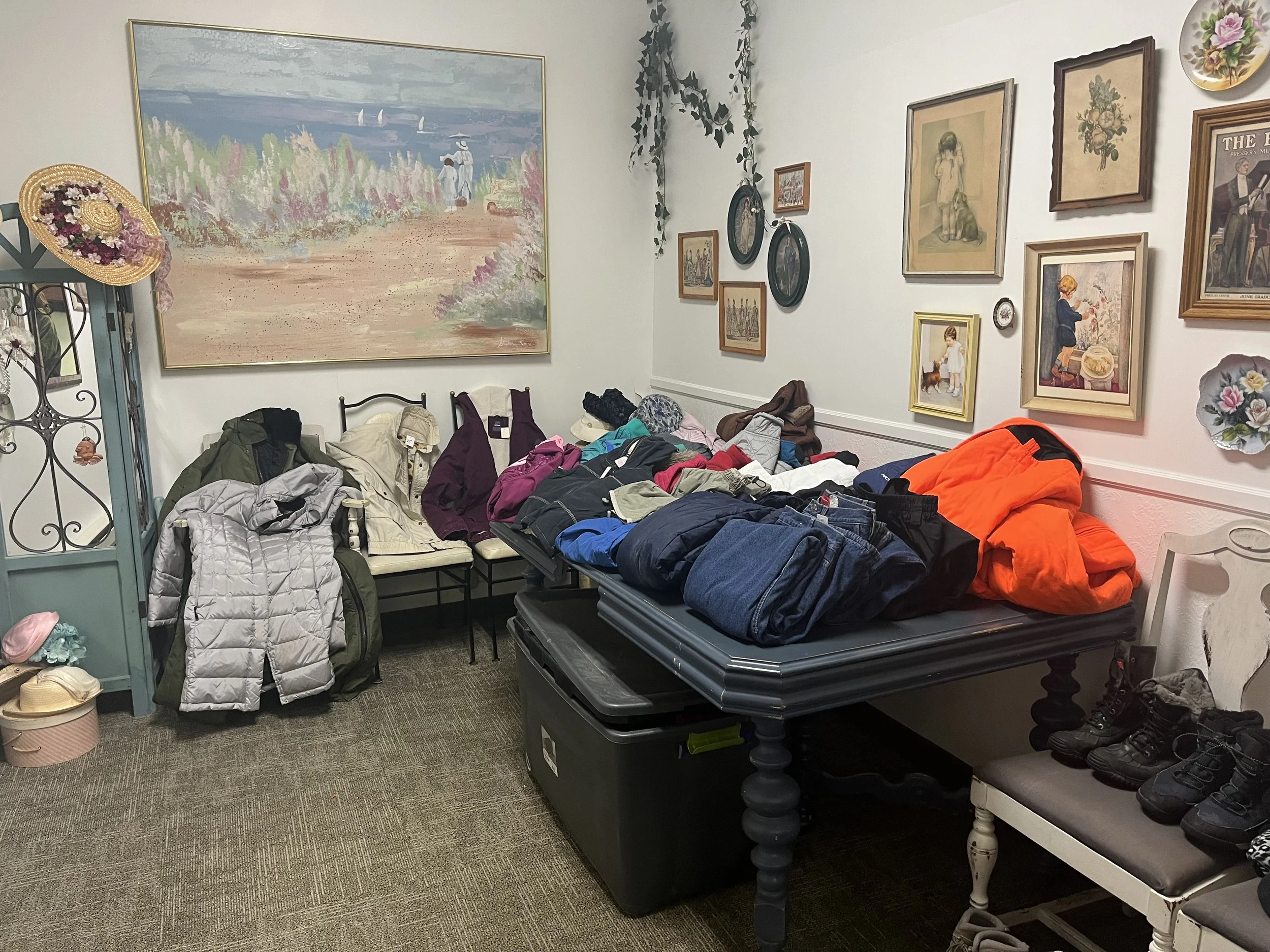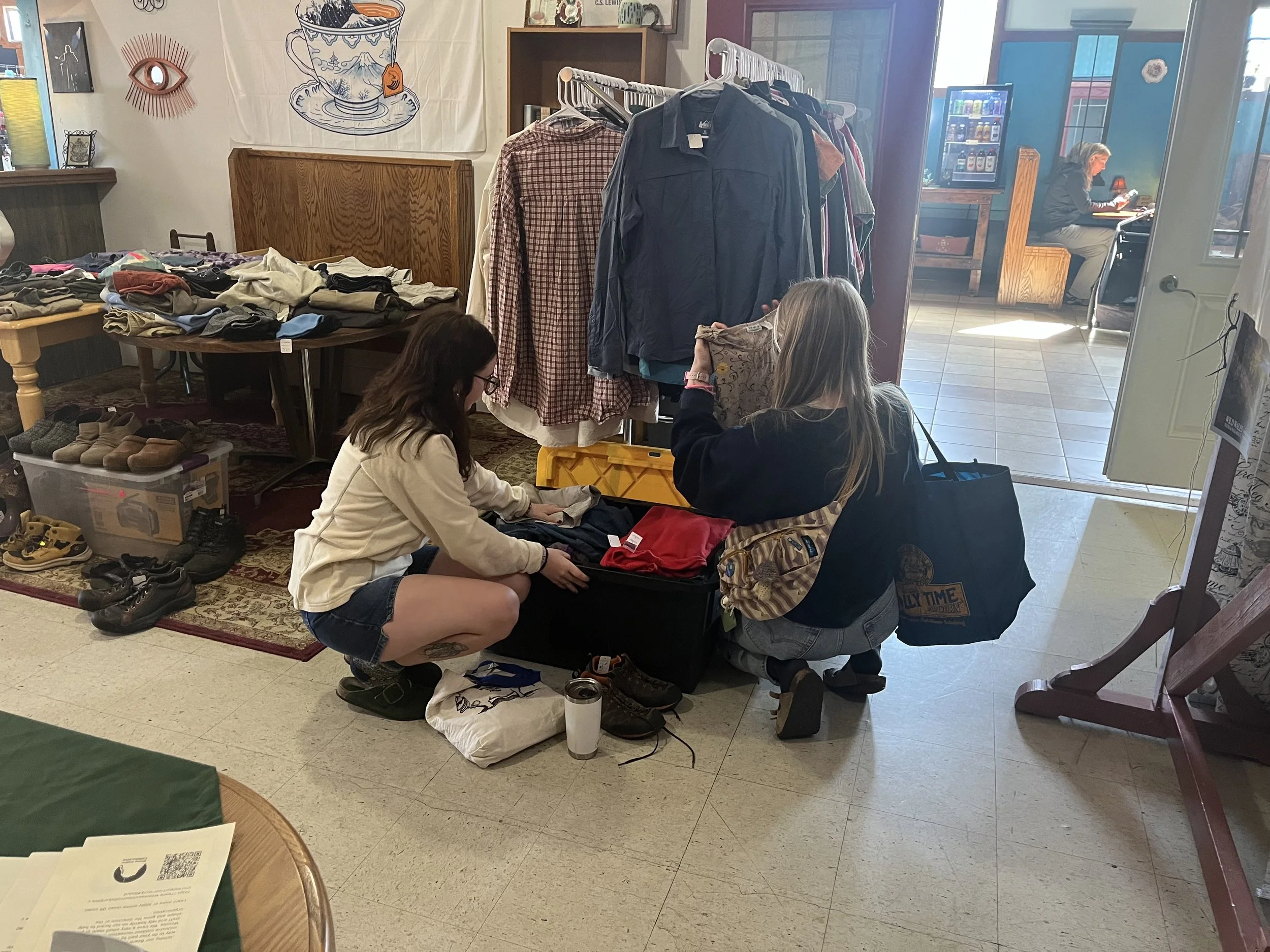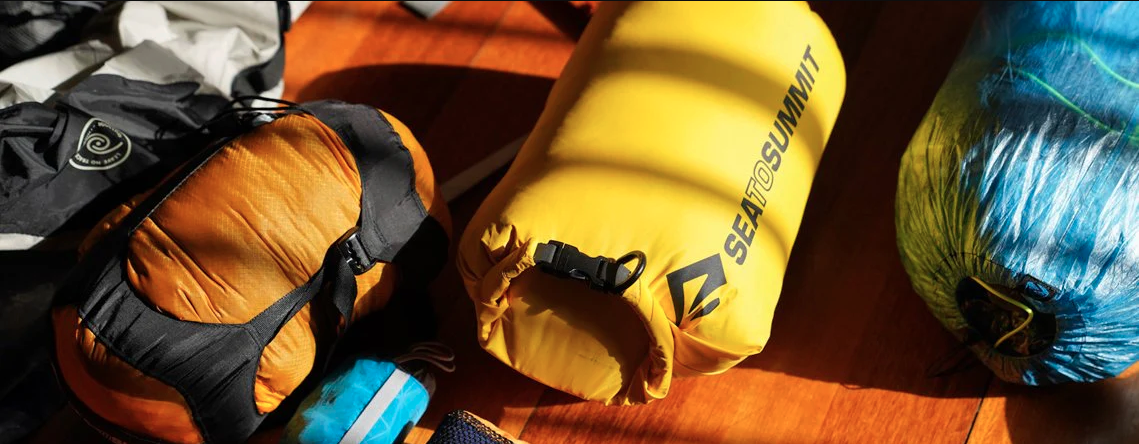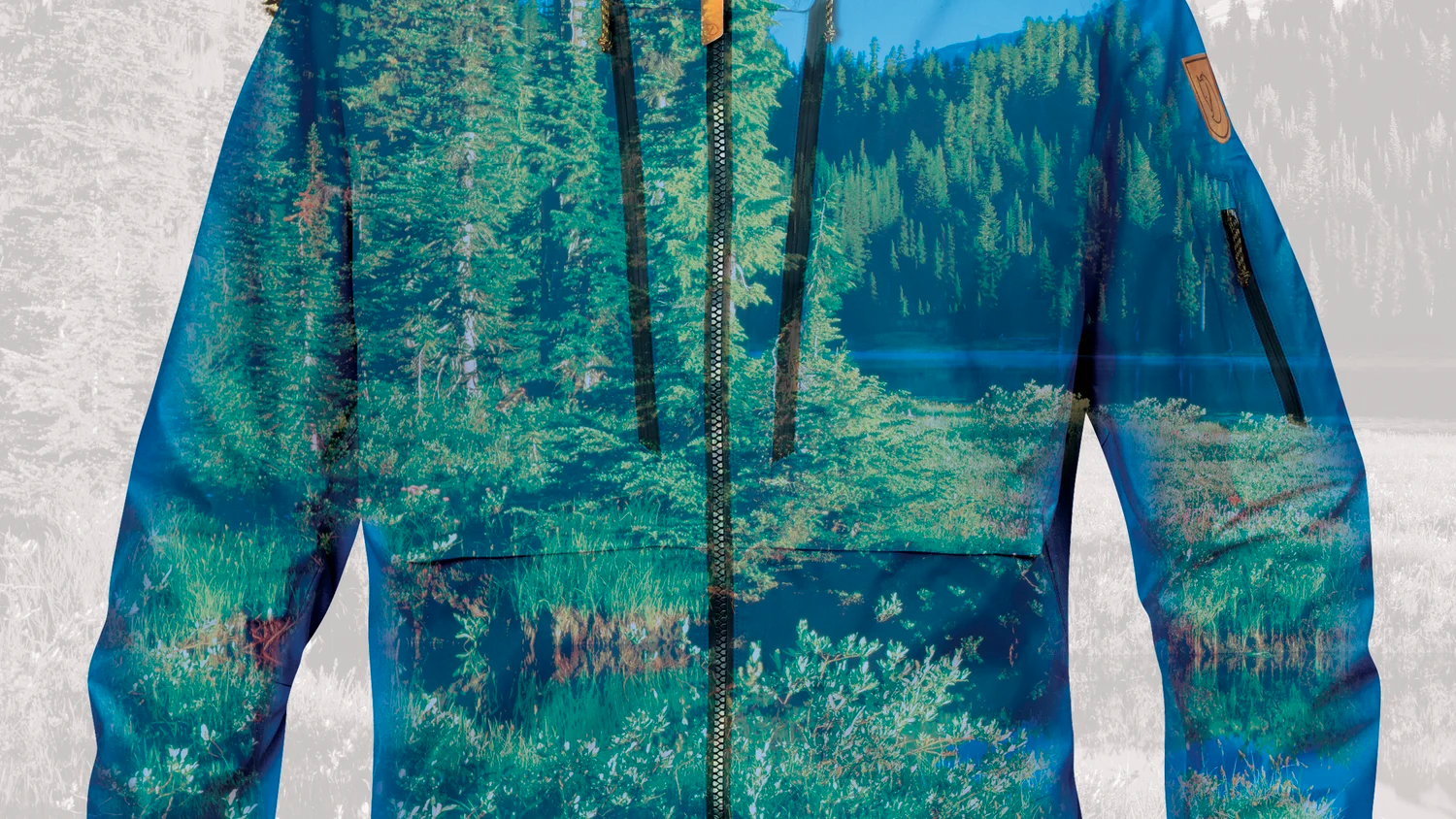Caring for Your Gear
Knowing how to properly care for your outdoor gear is the best way to make sure that both it and you are ready for your next adventure. Outdoor and camping gear can be a pricey commitment, but it is also a long term investment. While so many things these days are not built to last, most outdoor gear is. Some brands and items can even outlast you or me. Read on to learn more about how to properly care for your gear.
Keeping Things Clean
The first and most important thing when caring for camping gear is making sure that it is clean.
Items like tents and tarps are good places for mold and mildew to grow and hide. You never want to store these items dirty or wet. When you get home, shake out or brush off any dirt left behind. You can also spot-clean using just water or a special tent cleaner. Allow it time to completely dry before packing it away. If you have the space, set up your tent or lay out your tarp in a sunny spot to let it dry off.
Sleeping bags can be tricky to care for. Because there are many different designs it is important to research your bag and follow proper care instructions. That being said, here are some things to avoid with all types of bags…
Don’t use a top loading washer with an agitator. These can shift the down or tear a bag.
Don’t use your regular laundry detergent. There are specialized detergents designed to clean and care for down or synthetic bags.
Don’t use fabric softeners. These can damage the loft and the lining of a bag.
Once a sleeping bag has been cleaned, it needs to be dried completely. Again, remember to follow care instructions specific to your bag, but here are some tips to follow…
Only use very low heat or a ‘cool’ setting. This helps ensure that the bag remains light and can expand fully.
Use tennis balls or dryer balls to break up any clumps that may form in the down.
Make sure that your bag is completely, absolutely, and 100% dry before storing. Storing a bag wet or even slightly damp will lead to mold.
The very heart and sole of your outdoor gear is (quite literally) your boots. Brush off any dirt or caked on mud after an adventure. Cleaning your boots will help to extend their life. Remove the laces and using a specialized boot cleaner or just a mild dishwashing soap and water, scrub any dirt or grime from the cracks.
Finally, when you get home from a trip, you’re going to want to make sure that your camp kitchen gear is cleaned. ‘Clean’ out on the trail can be very different from the real definition of the word. Any pots or pans should be fully clean and dry before storing. You should also ensure that everything is accounted for or replaced so a kit is ready to grab and go for your next trip. Remember to remove your gas cooking canister from its stove and store it away from any source of flame.
Need a Fix? DIY It!
Noticed a hole? Maybe your tent just isn’t keeping water out like it should. Your first instinct may be to invest in the newest, latest, best, top-of-the-line gear. But why not keep your current gear alive with a simple fix you could do at home?
Don’t let a hole in your sleeping bag, clothing, tent, or sleeping mat deflate you. Holes in items like this can be fixed with a simple patch. Patches like these are affordable and available just about anywhere you can buy gear. Companies like NoSo Patches also offer fun ways to patch your gear with flair!
Tents, jackets, and boots, even if designed to be waterproof, can get tired and will lose their water-resistance. Thankfully this can be resolved a few different ways to improve the life and the condition of your gear.
Wash It: Things like dirt, body oils, or smoke can build up on the outer layers of waterproof gear and reduce their ability to breathe and repel water. Washing gear properly helps to remove those contaminants.
Dry It: Heat can help to reactivate water-repelling treatments. Remember to check your gear’s care instructions, but a quick low-heat cycle can help extend the life of things like jackets or rain flys.
Re-Proof It: Using a spray durable water-repellent coating (DWR) can help keep the rain out once more. Clean your item before applying a DWR spray and let it dry completely again before putting it to the test.
Get it Secondhand
Getting gear secondhand is another great sustainable way to get ready to get out there. Things like thrift stores may have exactly what you’re looking for, as long as you're willing to look. Things especially like good outdoor clothing can be hiding in plain sight among the racks.
Garage sales are another way to get secondhand gear. Not sure if something works, just ask! Learn about the gear you’re buying and the awesome memories it helped create. Help give it a second life out in the world again.
Photos from the WOC’s most recent Gear Swap:
Many online sites such as ebay, facebook marketplace, or craigslist offer opportunities to buy and sell new or used camping gear.
The Winona Outdoor Collaborative also hosts a biannual gear swap event. Sell or donate your used gear, and browse through all of the secondhand clothing, footwear, camping, hiking, biking, and paddling gear for sale from others within our Winona community!
Try Before You Buy
Trying out a new activity and you're just not sure if you're ready to spend an arm and a leg to buy all the gear you would need to get started? Try renting your equipment first.
The WSU Outdoor Education and Recreation Center has rentals, both for WSU students and community members. They have camping, climbing, and paddling equipment as well as snowshoes available for rent.
The Lake Lodge Recreation Center also rents equipment, both paddling and outdoor gear for the summer and winter seasons. With seasonal as well as yearly passes, this can be a great opportunity to try something new, or just to encourage you to get outside and move your body.
Some of our WOC events also include the necessary equipment, no purchase necessary. Remember to check the website to see what supplies will be provided and what you need to bring and be sure to register online so that we know how much supplies we will need to bring!
Resources to Learn More
Sea To Summit
This article from Sea To Summit has great instructions on how to clean, fix, and store the gear we mentioned in this post, as well as so much more!
Climbing powered by Outside
This article from Climbing has detailed instructions for DIY fixes of your camping gear


